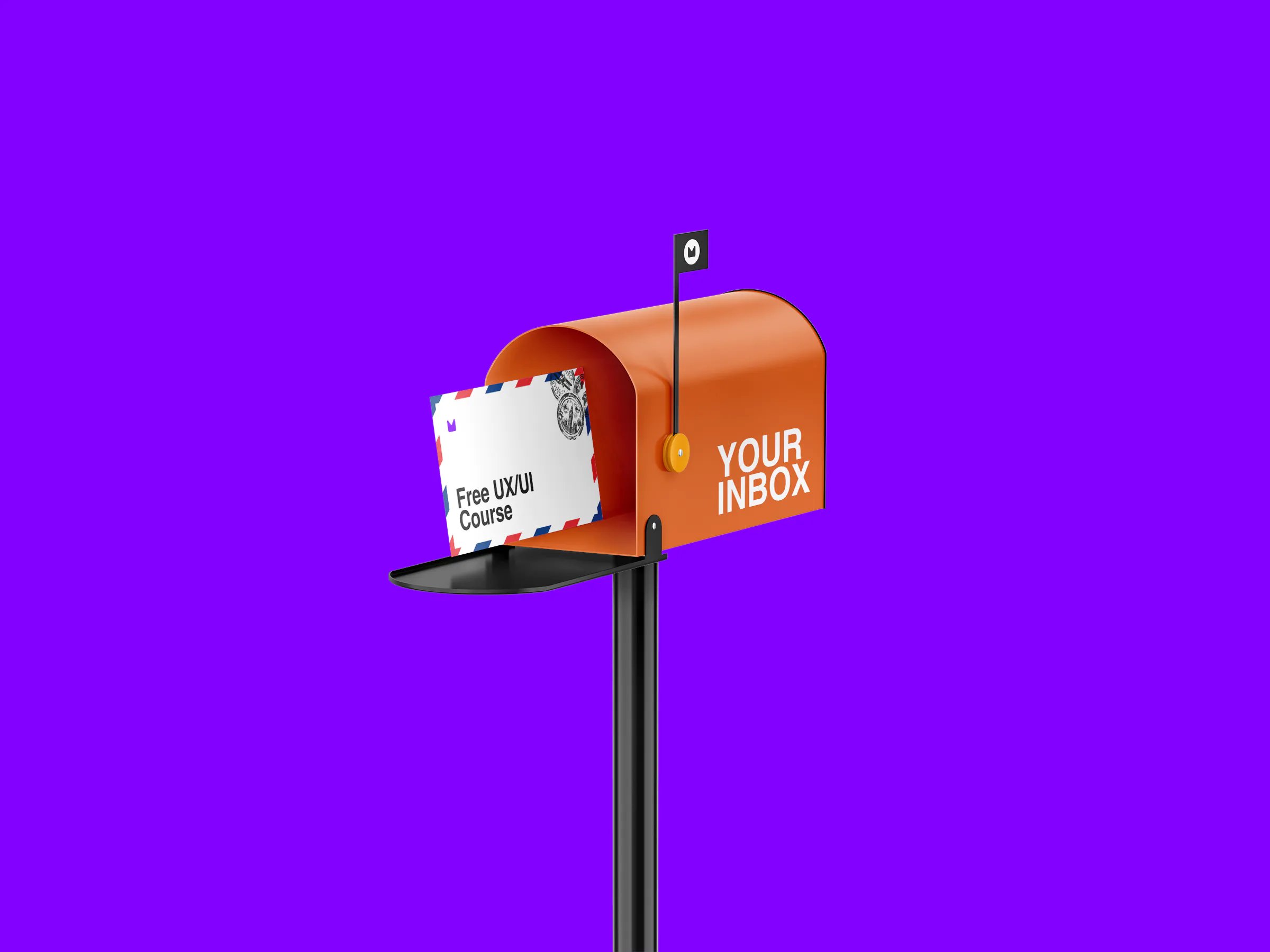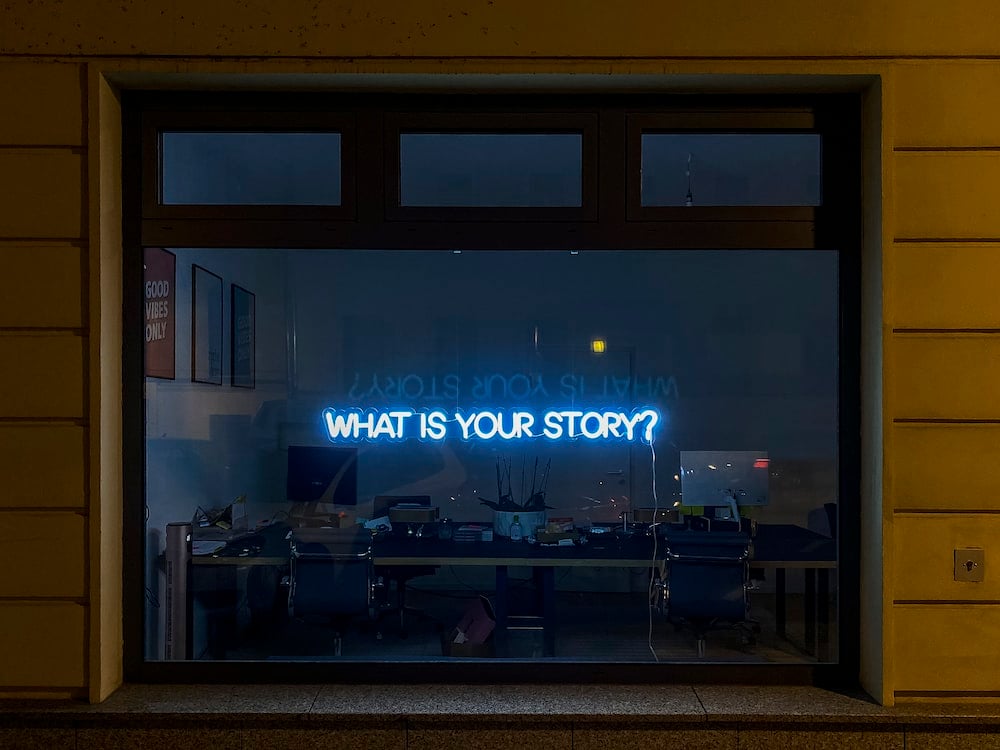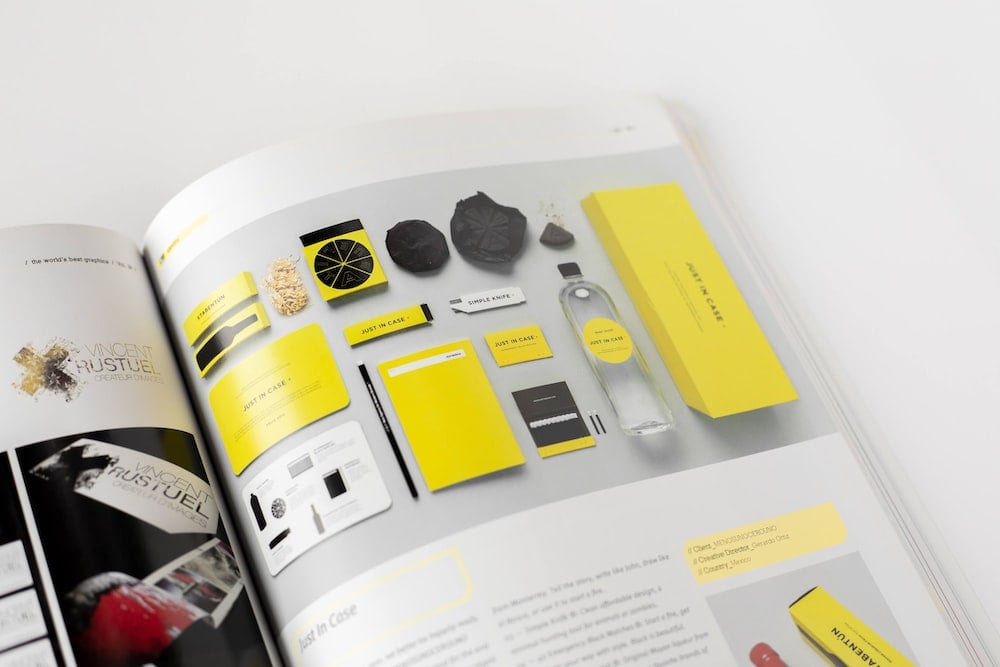

Get a Free UX/UI Course in Your Inbox Every Day for 15 Days
By the end of this three-week crash course, you'll have a much better understanding of the tech industry, the design craft, and all the knowledge you need to start building your career.

Get a Free UX/UI Course in Your Inbox Every Day for 15 Days
By the end of this three-week crash course, you'll have a much better understanding of the tech industry, the design craft, and all the knowledge you need to start building your career.

Embarking on a new career path in Product Design can be a daunting experience. As a Bootcamp student, you're not only learning new skills and techniques but also learning how to showcase them correctly. Regardless of the experience you accumulate, there comes a moment when everyone feels somewhat anxious, and that is the creation of a portfolio. Doubts often arise regarding the right structure, what to highlight, and whether the portfolio aligns with your personality and objectives.
The portfolio is an essential component of your job search, capable of determining your success in securing your dream role in the industry. Taking the opportunity to learn from the mistakes of others can help you avoid common pitfalls and present your best self to potential employers.
In this article, we'll discuss the four most common mistakes I've observed (and made myself) in UX portfolios and provide practical advice to address them, setting you on the path to success.
What recruiters are mainly looking for is not the number of ideas or functionalities you brainstormed on a Miro board or how cool your personas look, but rather in how you effectively navigated challenges.
There is a common misconception that a real project in a portfolio must be built and live. While having a tangible website or app you designed certainly adds appeal, it's not a deal-breaker nor low-hanging fruit. Even experienced designers may not always see their projects come to fruition due to various economic or technical factors. What recruiters truly seek is how you tackle constraints, taking a real-world problem and improving upon it.
Focusing only on fictional issues or challenges lacking practical applications, or showcasing projects with unlimited freedom, may leave potential employers questioning your problem-solving abilities.
Here's what you can do to address this:

As we previously covered, recruiters are interested in more than just a display of your technical skills; they want to understand your thought process and the story behind your designs.
Let's face it - we all enjoy a good story, watching the hero struggle to find a solution and navigate challenges that arise. Many designers focus on presenting the same process, beginning with problem definition, followed by user interviews, wireframes, and eventually visual design. While this process isn't inherently flawed and provides a basic structure to build upon, it can come across as dry, lacking creativity, and not genuinely reflecting your problem-solving approach. The way you communicate your experiences is as important as the content itself.
To address this, consider the following:

Like any product, the aspect of your portfolio can make a world of difference. Let's face it, we sometimes choose products based on their design, packaging, and appearance. We are drawn to beautiful visuals and often associate carefully curated images with quality. The same principle applies to your portfolio.
As a product in itself, your portfolio should reflect your design skills and attention to detail. A visually unappealing presentation can undermine the quality of your work and deter potential employers.
Here's how to master this:

Lastly, let's address the question on everyone's lips: how do I make this portfolio truly mine? How do recruiters remember me and ensure my personality shines through all the work?
Your personality sets you apart from other candidates, and your portfolio should reflect your unique design style, strengths, and interests. Showcasing your individuality allows potential employers to see how you'll fit in with their team and contribute to the company culture.
To demonstrate your personality, you should:
In addition, don't shy away from showcasing your interests outside of work, such as hobbies, businesses, or causes you support. These personal aspects contribute to making you who you are and can further set you apart from other candidates. Including them in your portfolio can not only make it more memorable but also help potential employers better understand what drives and motivates you, and how these passions might positively influence your work as a designer.

In summary, beginning a career in Product Design can be both exciting and challenging, and your portfolio plays a crucial role in securing your dream job. By being aware of and addressing the common mistakes many designers make in their portfolios, you'll be better prepared to stand out from the competition and showcase your unique strengths and personality. Learn from the experiences of others and remain open to ongoing growth and improvement in your field.
Remember that a well-crafted portfolio should tell a story, highlight your problem-solving abilities, present your work visually in an engaging way, and let your personality shine through. By concentrating on these aspects, you'll be on the right track for success in the industry.